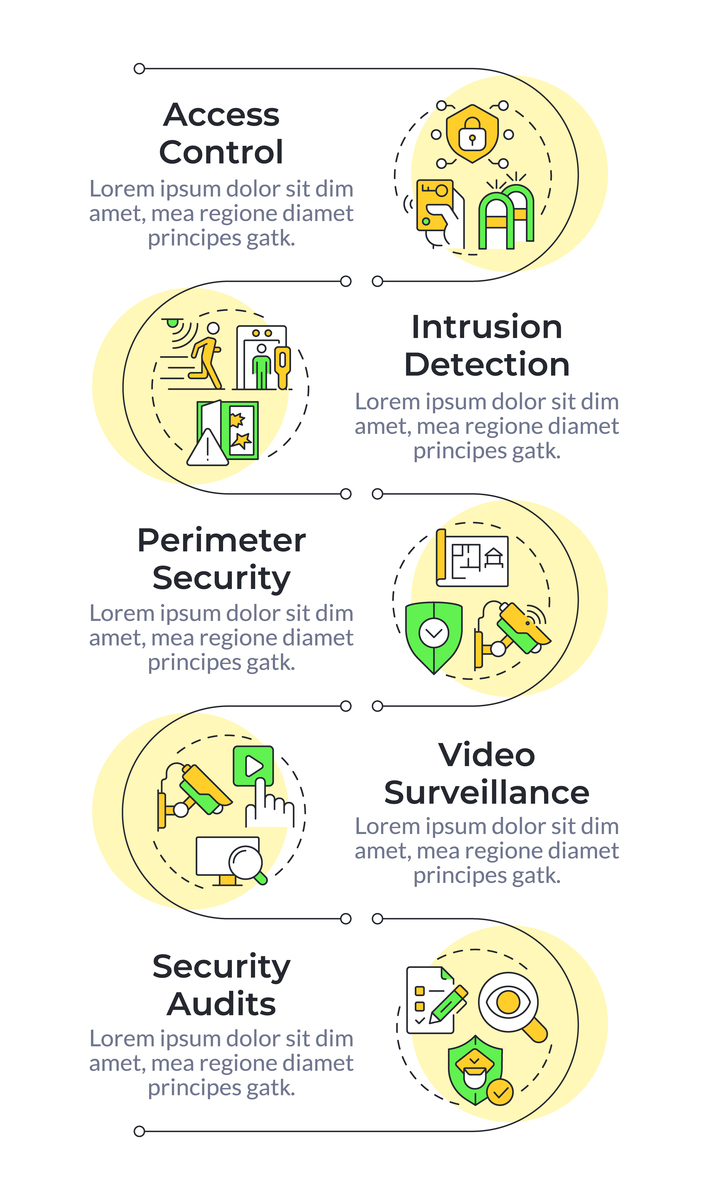Deep Learning for Malicious Code Detection: Techniques & Implementation
Malicious code detection is a critical aspect of cybersecurity. Traditional signature-based methods are becoming ineffective as malware evolves. Deep learning algorithms offer a promising solution by analyzing code behavior and features.
This article delves into the application of deep learning for malicious code detection, outlining various algorithms and their implementation steps.
- Convolutional Neural Networks (CNNs) CNNs, known for image recognition, can be adapted for malicious code detection by treating code as an image. The process involves converting code into a grayscale image and training the CNN to identify patterns. The CNN then classifies code as malicious or benign based on learned features.
Implementation Steps:
- Step 1: Preprocess code into a grayscale image.
- Step 2: Split the dataset into training, validation, and testing sets.
- Step 3: Train the CNN using backpropagation and gradient descent on the training set.
- Step 4: Evaluate the CNN's performance on the validation set, adjusting hyperparameters as needed.
- Step 5: Test the CNN on the testing set and analyze accuracy and other performance metrics.
- Recurrent Neural Networks (RNNs) RNNs excel at sequence modeling and can be used for malicious code detection by treating code as a sequence of characters or tokens. The RNN learns patterns from character sequences to classify code as malicious or benign.
Implementation Steps:
- Step 1: Preprocess code into a sequence of characters or tokens.
- Step 2: Split the dataset into training, validation, and testing sets.
- Step 3: Train the RNN using backpropagation through time on the training set.
- Step 4: Evaluate the RNN's performance on the validation set, adjusting hyperparameters as needed.
- Step 5: Test the RNN on the testing set and analyze accuracy and other performance metrics.
- Autoencoders Autoencoders are unsupervised learning algorithms that can detect malicious code by analyzing code as a sequence of bytes or tokens. The autoencoder learns code patterns by reconstructing the input sequence. Anomalies in the reconstructed sequence can indicate malicious code.
Implementation Steps:
- Step 1: Preprocess code into a sequence of bytes or tokens.
- Step 2: Split the dataset into training, validation, and testing sets.
- Step 3: Train the autoencoder using backpropagation and gradient descent on the training set.
- Step 4: Evaluate the autoencoder's performance on the validation set, adjusting hyperparameters as needed.
- Step 5: Test the autoencoder on the testing set and analyze accuracy and other performance metrics.
Conclusion Deep learning algorithms like CNNs, RNNs, and autoencoders provide effective solutions for malicious code detection. Each algorithm has unique strengths and weaknesses, and the choice depends on specific requirements. By following the implementation steps outlined, you can train and evaluate these algorithms for robust cybersecurity.

原文地址: https://www.cveoy.top/t/topic/lfdj 著作权归作者所有。请勿转载和采集!